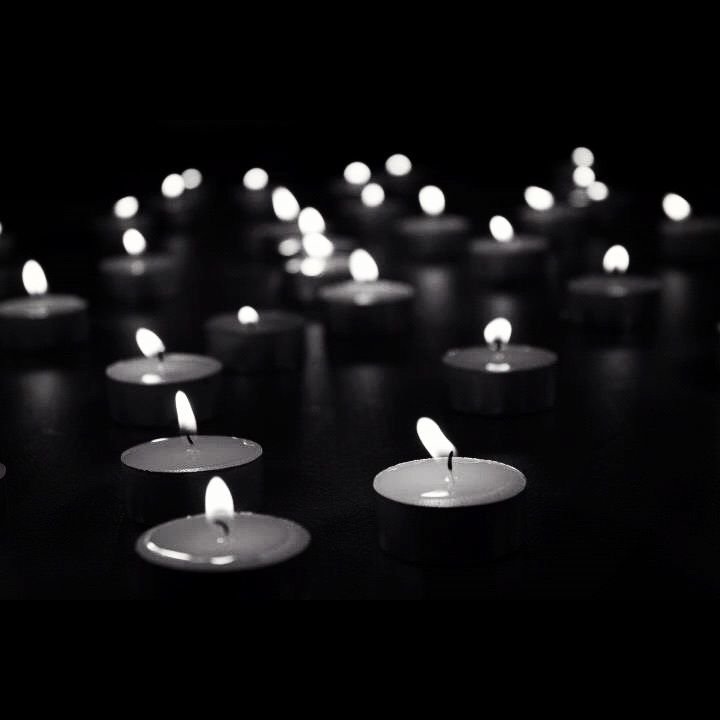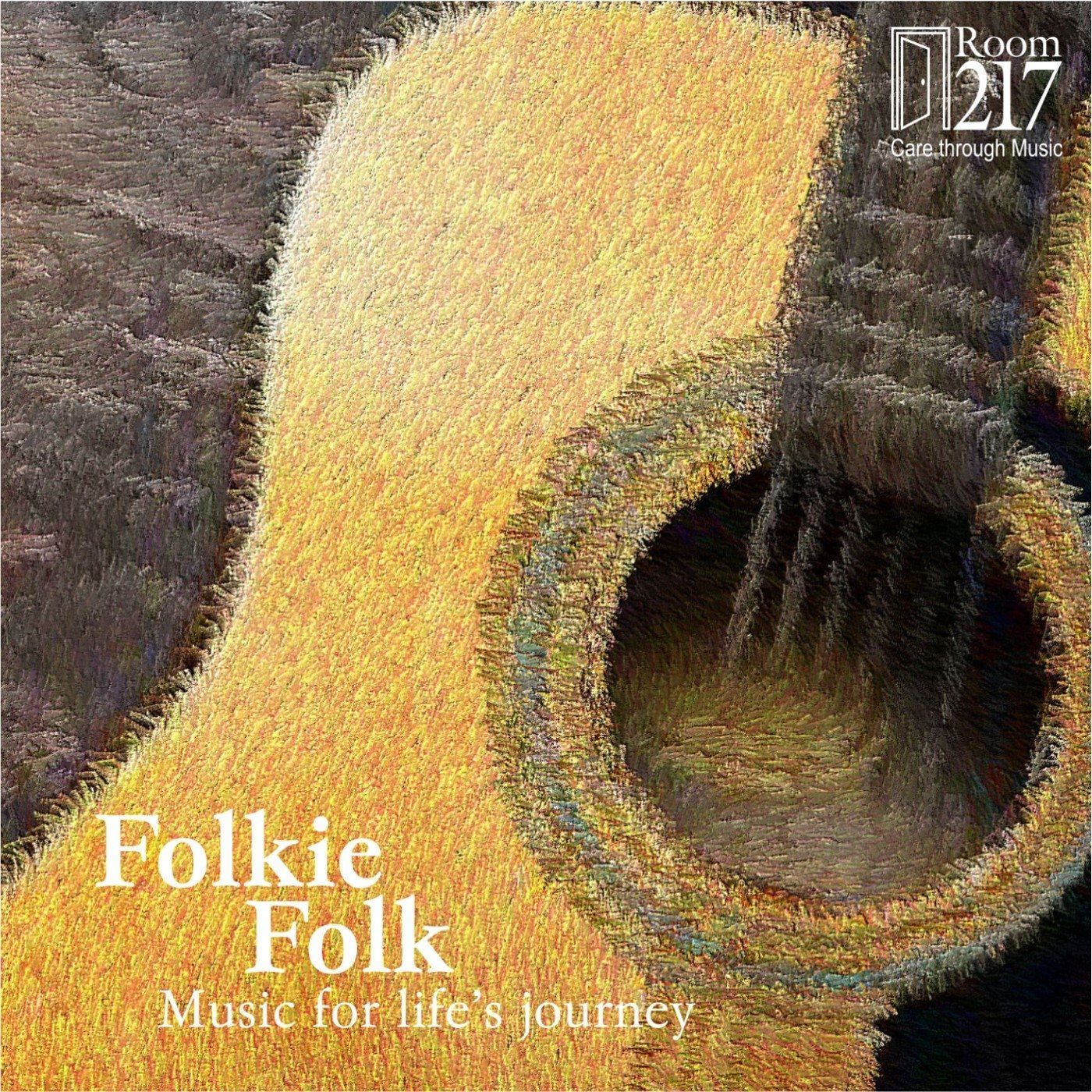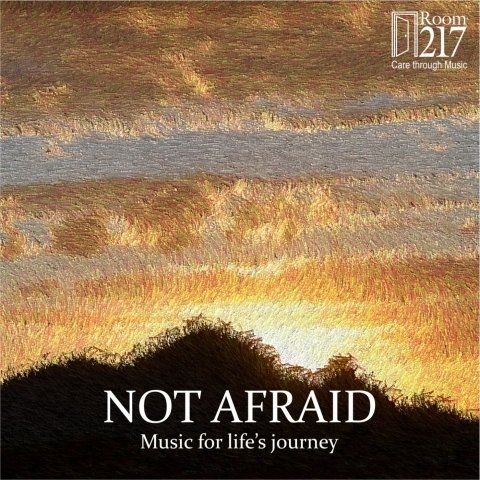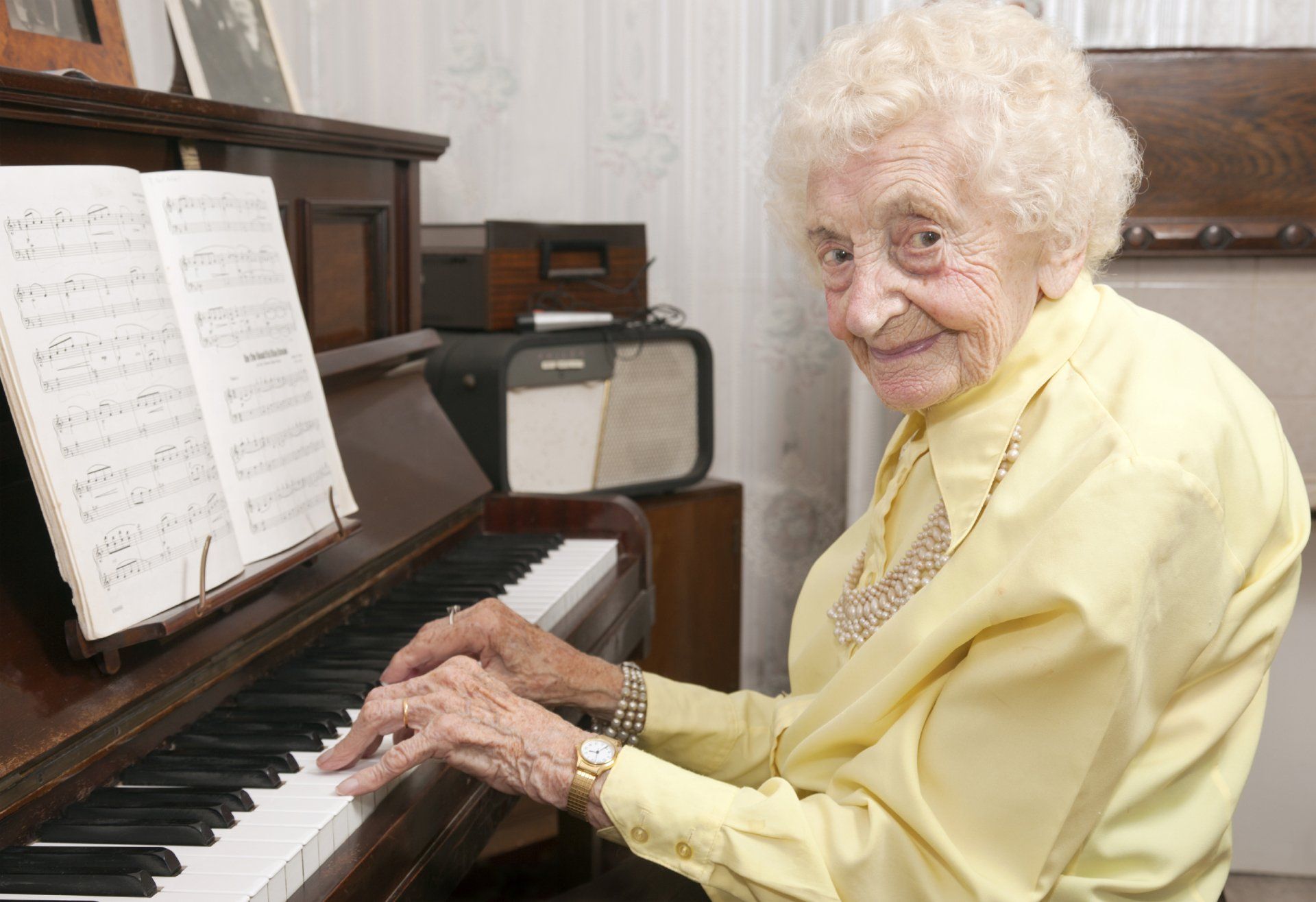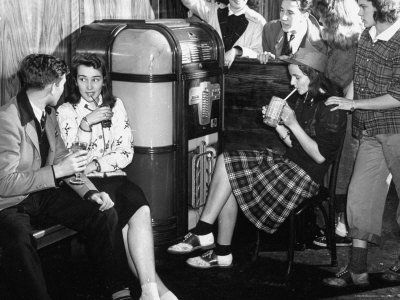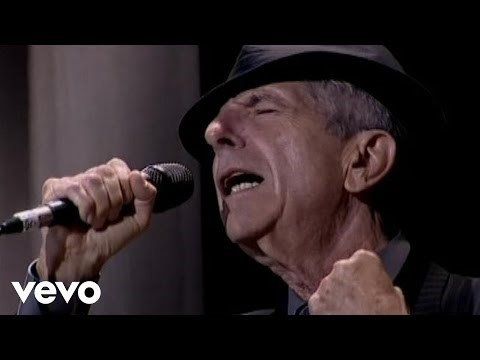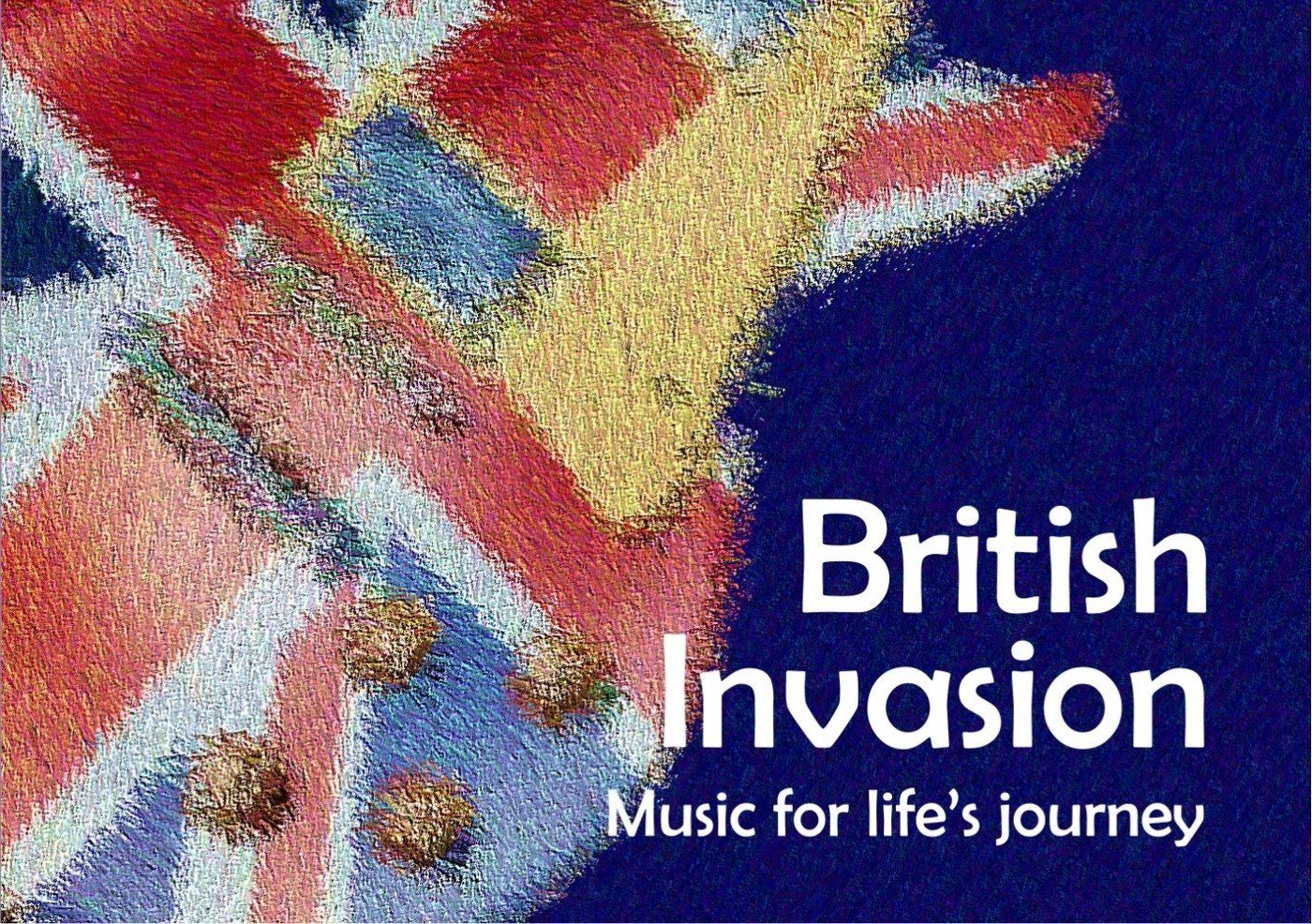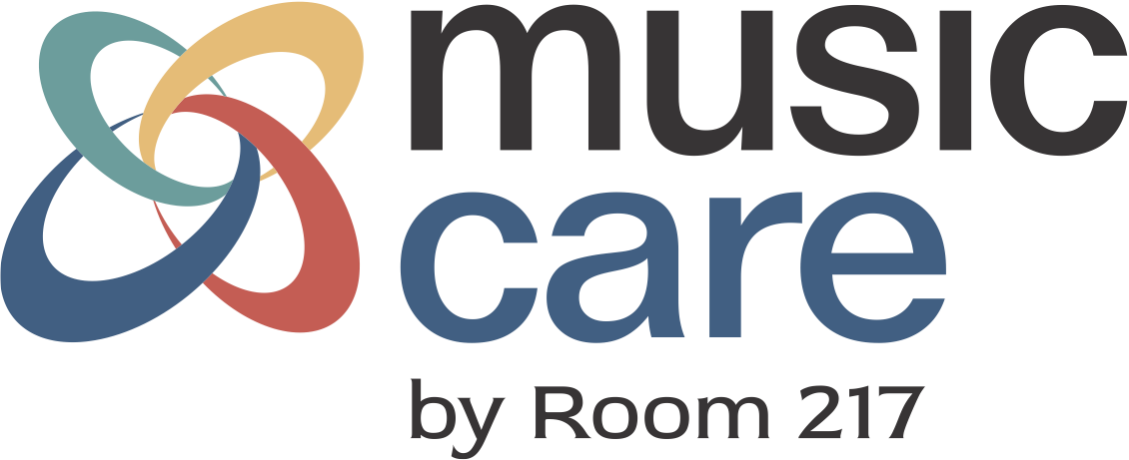Why Music Is Not a Universal Language – and what that means for care
 “Music is a universal language” is a common expression I hear all the time. It’s often used to sing the praises (pun intended!) of this amazing human language we call music. Music certainly deserves to be sung praises for! When working with older adults and their care needs, music is a wonderful compliment to care. Used effectively and intentionally, music can connect people to themselves and others. For many people with advanced dementia, music may be the only thing they seem to remember, and the only way left to communicate. For all these reasons, music is a powerful language.
“Music is a universal language” is a common expression I hear all the time. It’s often used to sing the praises (pun intended!) of this amazing human language we call music. Music certainly deserves to be sung praises for! When working with older adults and their care needs, music is a wonderful compliment to care. Used effectively and intentionally, music can connect people to themselves and others. For many people with advanced dementia, music may be the only thing they seem to remember, and the only way left to communicate. For all these reasons, music is a powerful language.
But it is not a universal language.
Firstly, songs have different meaning to different people. Memories can become encoded in music that can be as evocative for a person as smell. In Long Term Care, this awareness if important when we’re using music with residents. One resident could hear “Amazing Grace” and be transported back to warm memories of singing at her Grandma’s piano. Another resident may hear it and recall their wife’s funeral just six months ago. Neither of these emotional responses are wrong, and they deserve validation.
For example, I’ve played Leonard Cohen’s “Hallelujah” at the bedside for people at the end of life, by request, more times than I can count. For many it’s a song that helps support them in letting go. It’s not hard to imagine how much the meaning of that song will have changed for the loved ones sitting by the dying person’s side, hearing that familiar melody and internalizing those words at this tremendous time of loss.
Not long ago I was asked by a good friend to play a special song as she walked down the aisle on her wedding day. The song she requested, that she’d always dreamt of getting married to, was “Hallelujah.” For her, this song now carries memories of overwhelming joy and happiness. Imagine if somehow this friend, and any of these family members who’d sat by their loved one’s bed as Hallelujah was sung, ended up one day in the same LTC home, and heard this song played at a sing-along. Their experiences would be vastly different.
Secondly, musical tropes vary from culture to culture. Whether we are conscious of it or not, we all have a musical “literacy” that gives us cues about the mood and intention of a piece. These differ depending on the culture though. For example, in Western music, the “minor” scale has always signified sadness, melancholy, anger, inwardness, or fear. However, the same or similar scales are used in many African and Asian musics to signify joy, happiness, and success. The emotional reactions and general assumptions we make about music will inevitably be influenced by our cultural background.
When introducing music in care, especially in settings with more cultural diversity, it is important to be sensitive to the different musical languages everyone may be experiencing. It is also an opportunity for understanding a person’s own musical preferences and stories behind their most cherished songs.
What does this mean for care? It means we can use music as a way to get to know people better. When we acknowledge that music isn’t universal, we can instead use it as a tool for delivering more person-centered care. We can take the time to get to know someone’s beloved music, the stories that those songs tell, and the memories, joyous and bitter, that they carry. When using music in a group setting, we can remember that though something may seem like a “happy” song to us, it may be a sad song to someone else. If we take the time to honour these individual differences, we can show that we care. By embracing each person’s unique individual music, we can help strengthen the universal language of care.
Sarah Pearson is a music therapist working in oncology and palliative care in Kitchener, ON. She is the Program Development Lead for the Room 217 Foundation and Lead Facilitator of the Music Care Training program.

